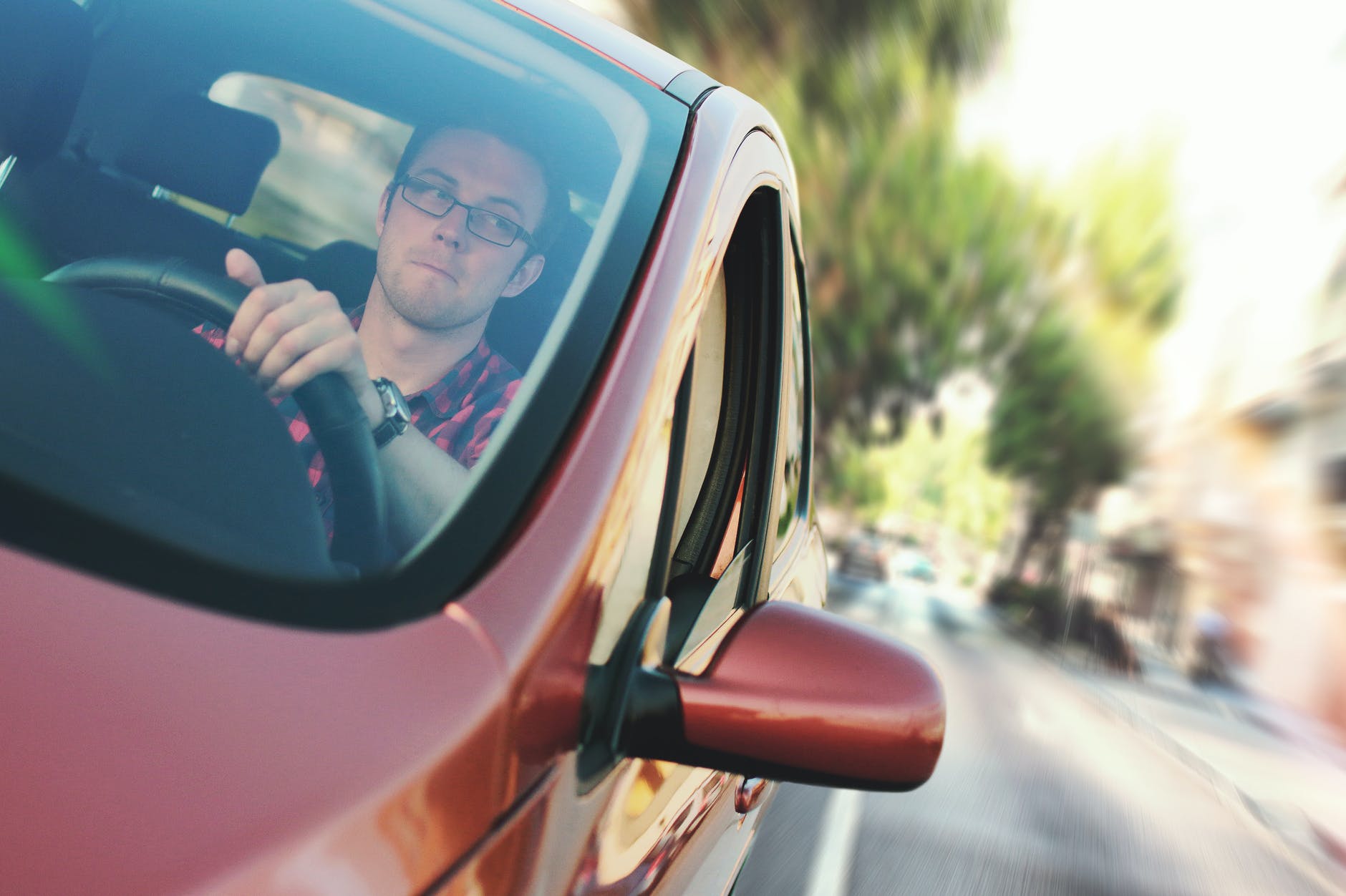
Drive solo to work to prevent spread of coronavirus. This is the advice of the Centers for Disease Control and Prevention (CDC) for people returning to work.
CDC issued major guidelines on how offices can operate safely as employees return to work during the coronavirus pandemic. The guidelines include advice that alters years of public policy guidance on commuting to the office.
Instead of taking public transportation or carpooling,
The CDC encourages people to drive solo if feasible, instead of taking public transportation or carpooling. The agency also calls on companies to provide incentives for employees who drive by themselves.
The new guidelines cover issues about the possible traffic congestion and a rise in carbon emissions if people use cars to prevent exposure to the virus.
“Promoting private vehicle use as public health strategy is like prescribing sugar to reduce tooth decay,” said University of British Columbia urban planning and public health professor Lawrence Frank.
The challenges will become severe if residents leave cities for less crowded suburbs, a trend that may happen soon.
Based on the analysis of real estate service provider UrbanDigs, the trend is not happening in Manhattan but is rising in Westchester County in New York, Greenwich, Connecticut and Bergen and Monmouth counties in New Jersey.
“The level of vehicle dependence created by urban sprawl is a primary cause of [carbon] emissions and climate change, which has arguably even larger threats to life,” he said. “Air pollution from car dependent development and commuting is a primary source of diabetes and heart disease.”
While it is unclear what commuting will look like as employees return to offices, there are hints that people beginning to drive cars instead of using mass transit.
According to Apple Maps, there is a nationwide increase in direction requests for people driving in cars over the last several months.
Meanwhile, direction requests via mass transit are still low since the demand was reduced at the beginning of the outbreak.
Search demand for monthly parking in New York City almost doubled during April and May, as seen on the parking app SpotHero.
Beyond the US, China and Europe are among the countries that witnessed an increase in car traffic and higher than normal congestion levels especially during commuting hours.
Criticisms against the CDC guidance
However, the CDC guidance was criticized because it encourages gridlock traffic in densely populated cities, even if the advice could be helpful in rural areas.
According to transportation experts, dense cities might not be able to handle a sudden surge of cars on roads and bridges as people commute from outside suburbs.
“Our roads cannot handle the increase in demand that will come from increased vehicle dependence. Congestion levels will likely become unbearable,” Frank said.
For example, a survey by research company Elucd revealed that almost half of New York City residents said in May that they would not use public transportation when the city resumes public life.
Prior to the pandemic, over half of the city’s population took the subway. The city has since had a 90% decline in Metropolitan Transportation Authority ridership.
“Encouraging people, especially those without cars and in congested areas like New York, not to take public transit is misguided,” MTA chairman Patrick Foye said in a statement last week.
“Transit is, and has long been, the safest way to move around any city,” he said. “Our transit and bus system is cleaner and safer than it has been in history, as we clean and disinfect around the clock.”
Bike lanes
Meanwhile, some transportation experts suggest building new bike lanes in cities to manage an influx of commuters who do not want to take public transit.
Some cities saw a rise in memberships for bike-sharing programs during the coronavirus pandemic.
Companies can also implement programs, such as giving employee schedules for remote work while others go to the office as well as staggering start and end hours for businesses that are not during rush hour.






